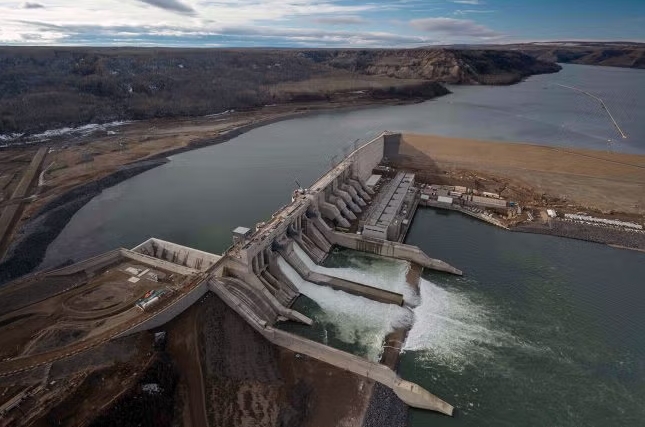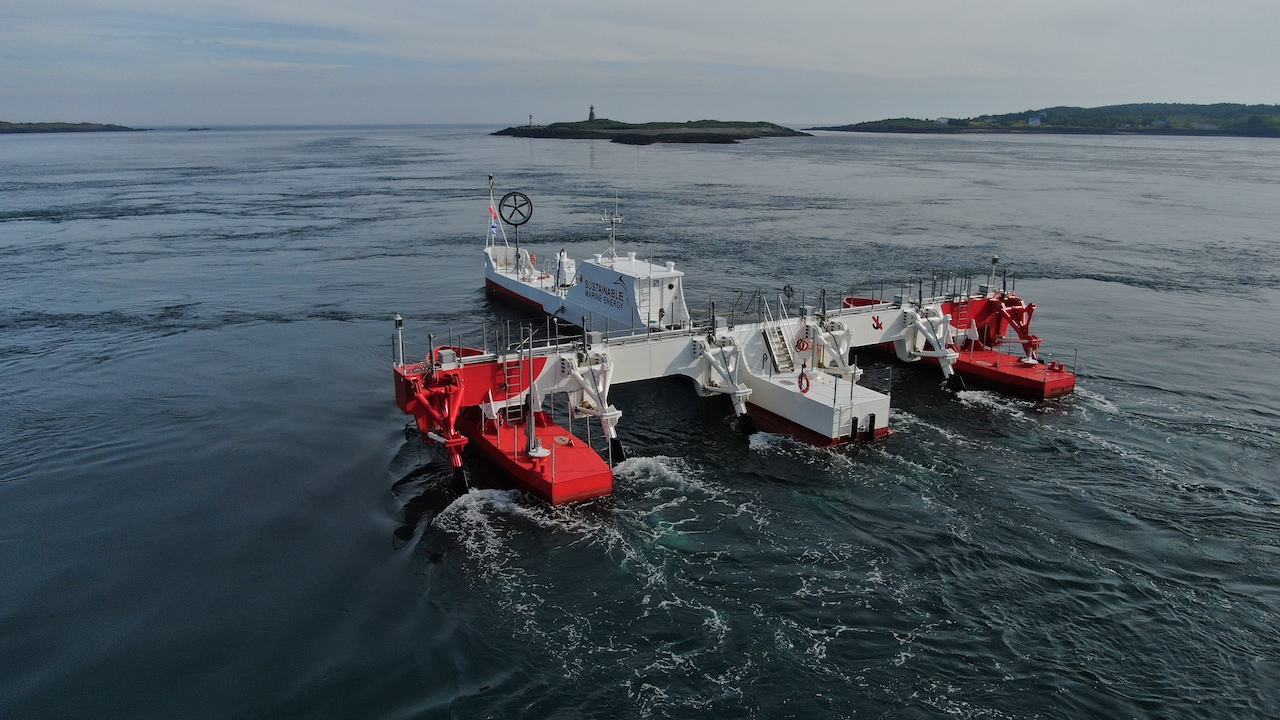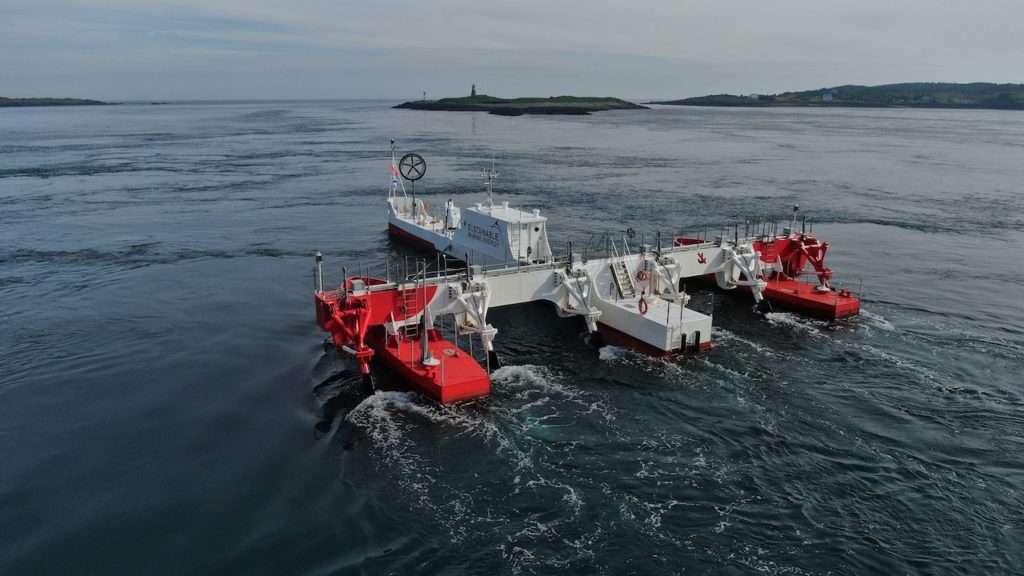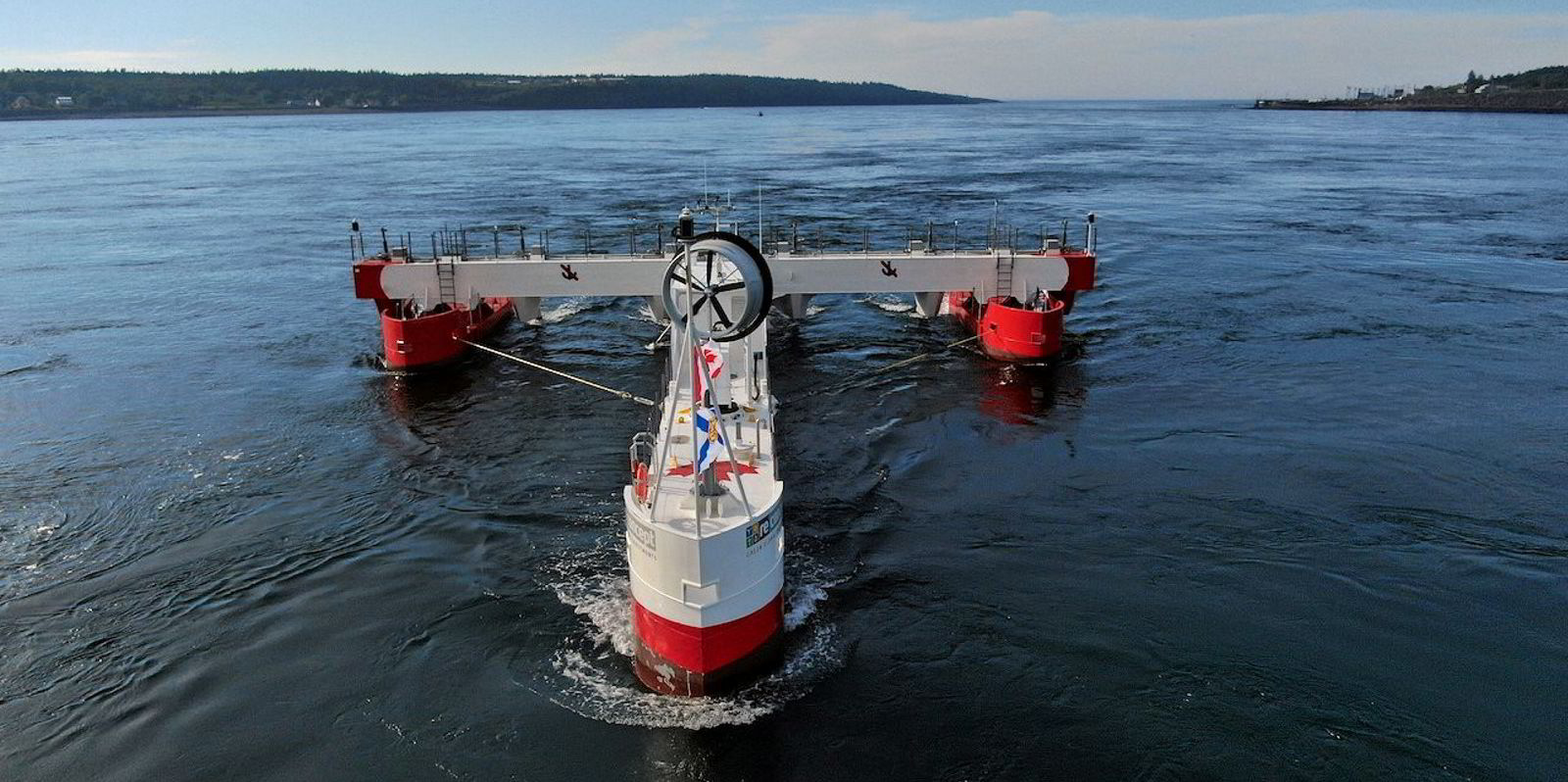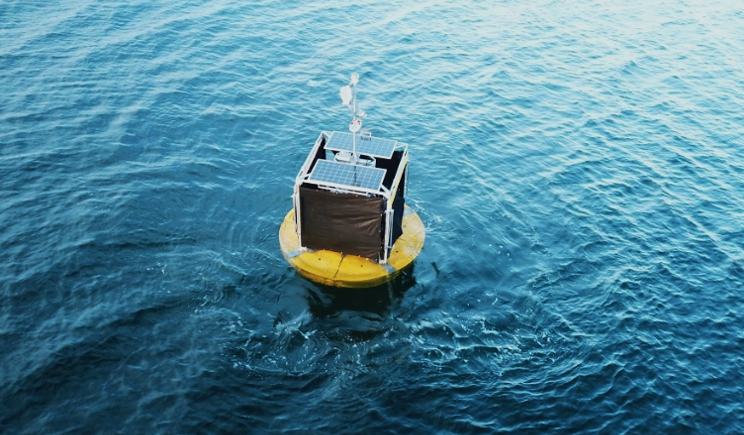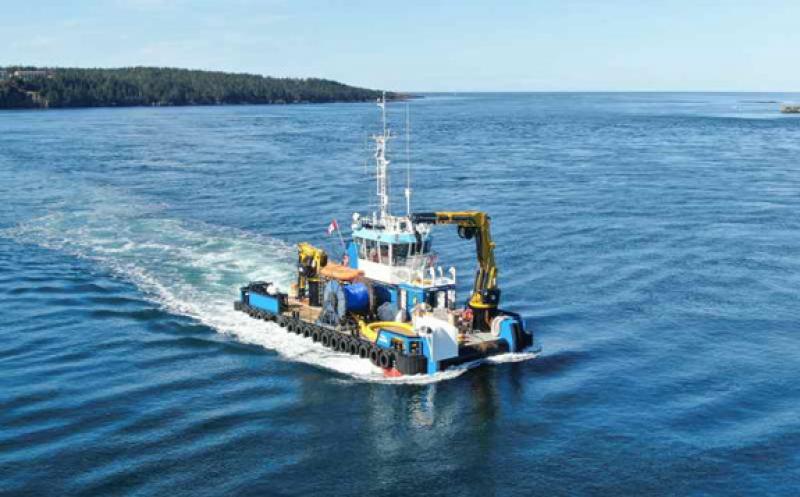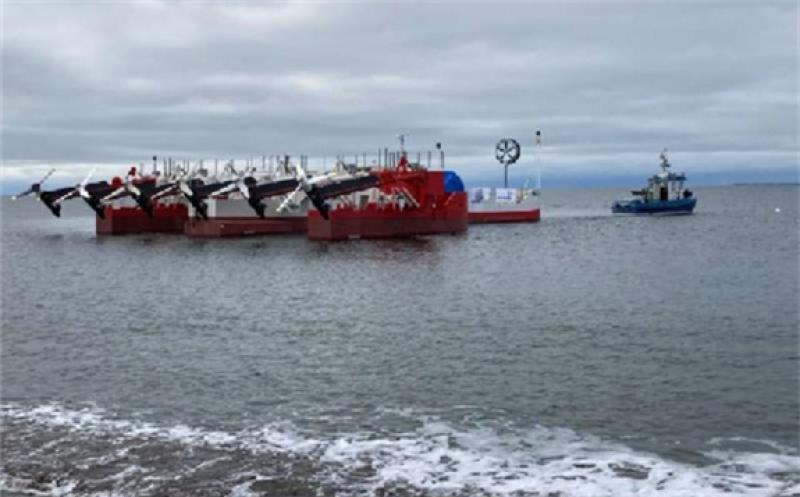With each passing day, I, and many other students at the University of Michigan, give more and more hours of thought to how we can use our degrees after college. This decision takes time to plan out, rethink and develop into a carefully planned trajectory for what we expect our societal purpose to be. After months of thinking every day about where I want to go in life, I decided on a specific engineering pathway I could pursue: carbon capture.
A relatively novel topic of research, carbon capture is the process of recollecting carbon dioxide emitted into the atmosphere and reinserting the material back into underground storage. By converting the carbon dioxide gas into its liquid form for easy storage, the carbon capture process creates an immediate effect of greenhouse gas reduction in the atmosphere. Based on the extent of greenhouse gases that can be taken away from the atmosphere using this method and other similar ones, I believe the process of carbon capture will be the defining method to fight climate change in several major ways.
For instance, Chevron demonstrated one major benefit of carbon capture by developing greenhouse gas mitigation technologies. This company has been one of the pioneers of developing this process despite challenges in the research process and in making this process economically feasible. In this way, Chevron is guiding the models for carbon capture and storage implementation throughout global institutions and frameworks geared toward reaching the goals of the Intergovernmental Panel on Climate Special Report on Carbon Capture and Storage. Consequently, the company is doing its part to promote the systematic and effective development of the use of carbon capture and storage technologies.
In another example, Petra Nova, an energy provider based in Texas, has demonstrated the successful repurposing of carbon into fuel. This company has carried out both large quantities of carbon capture as well as a significant increase in oil production, signifying a revolutionary method of repurposing a nonrenewable resource. In addition, the company has set itself apart by implementing a process that uses and reuses natural resources. In this way, Petra Nova is showing the practicality of carbon capture and storage. Consequently, the company is allowing other institutions to realize the feasibility of implementing the carbon capture process.
A final example can be seen with Shell’s mentality when it comes to the widespread implementation of the carbon capture and storage process. Sally Benson, a director of Shell’s Global Climate and Energy Project, commented on the idea that the research energy companies do to develop the carbon capture process doesn’t carry any meaning if it’s not used or implemented by policy.
“As academics, we can do all the laboratory research to show the technology’s power. But until we have the industry implementing projects and sharing their insights, we’re not going to make the significant progress required to meet our climate goal,” she said. In this way, this company is working toward making policymakers aware of the importance they hold in the future of our contribution to climate change solutions.
In different circumstances, these three companies exemplify only a few of the many ways that the process of carbon capture can create a crucial, beneficial impact on our society today. By leading the initiative to promote the use of these technologies, providing information that proves this process’s functionality and emphasizing the significance of systematic implementation of the research behind these technologies, these companies are propelling society’s perspective on the carbon capture process. In doing so, they have demonstrated the influence that carbon capture can have not only on the quality of our environment, but also on how our society approaches the climate issue.
Considering the proven benefits of carbon capture, I believe the adoption of the initiative models are enough to effect the drastic change necessary for environmental improvement. Therefore, these adoptions should occur at institutions throughout the world. Here at the University, College of Engineering faculty and staff are leading the Blue Sky Initiative aimed at reducing and removing the emission of carbon dioxide into our atmosphere as well as repurposing collected carbon gas into other infrastructural materials. Volker Sick, DTE Energy Professor of Advanced Energy Research, commented on the opportunity that we have as a society to utilize the carbon capture process: “We believe innovations in carbon dioxide removal and utilization technologies can generate a carbon-negative, dollar-positive effect that will reduce emission footprints while generating billions of dollars of economic activity in the decades ahead.” As a result, we should continue to push for this type of interdisciplinary, multi-beneficial work for its monumental influence on the quality of our environment.
